"Ailuropoda melanoleuca: Giant Panda." Encyclopedia of Life. Retrieved August 26, 2014.
- Available at: http://eol.org/pages/328070/overview
Bergner, Chris. "Adaptation and Evolution of the Giant Panda." ReoCities. Retrieved August 26, 2014.
- Available at: http://www.reocities.com/rainforest/vines/2695/genetics.html
Bies, LeeAnn. 2002. "Ailuropoda melanoleuca: Giant Panda (On-line)." The Animal Diversity Web. University of Michigan Museum of Zoology. Retrieved August 26, 2014.
- Available at: http://animaldiversity.ummz.umich.edu/site/accounts/information/Ailuropoda_melanoleuca.html
Boelens, Bo; Watkins, Michael; and Grayson, Michael. 2009. The Eponym Dictionary of Mammals. Johns Hopkins University.
Caliendo, Mary. 2014. "Panda Dung Tea." BellaOnline: Tea Site. Retrieved August 26, 2014.
- Available at: http://www.bellaonline.com/articles/art175774.asp
Chan, Royston. 19 March 2012. "Poo for Tea: China's Pandas Brew a Top Drop." Retrieved Reuters. August 26, 2014.
- Available at: http://www.reuters.com/article/2012/03/19/us-china-panda-tea-idUSBRE82I04O20120319
"Chinese Tea Areas." Teavivre. Retrieved August 26, 2014.
- Available at: http://www.teavivre.com/info/chinese-tea-areas/
Chorn, John; and Hoffman, Robert S. 1978. "Ailuropoda melanoleuca." Mammalian Species 110:1-6.
Corbet, G.B.; and Hill, J.E. 1992. The Mammals of the Indomalayan Region: A Systematic Review. Oxford, UK: Oxford University Press.
Crienglish.com. 21 June 2014. "Lu'an Gua Pian, Unique Green Tea Promoted at Laoshe Teahouse." Strait to Taiwan. Retrieved August 26, 2014.
- Available at: http://www.strait2taiwan.com/content/lu%E2%80%99-gua-pian-unique-green-tea-promoted-laoshe-teahouse
FAO. 2003. Medium-term Prospects for Agricultural Commodities: Projections to the Year 2010. Rome, Italy: Food and Agriculture Organization of the United Nations.
Farrier, John. 14 November 2011. "World's Most Expensive Tea Made with Panda Poop." Neatorama: Main Blog. Retrieved August 26, 2014.
- Available at: http://www.neatorama.com/2011/11/14/worlds-most-expensive-tea-made-from-panda-poop/#!bIfA9s
"Giant Panda." Atlanta Fulton County Zoo, Inc.: Animals & Plants > Animals > Mammals. Retrieved August 26, 2014.
- Available at: http://www.zooatlanta.org/home/animals/mammals/giant_panda#rZ5CX
"Giant Panda." San Diego Zoo: Animals > Mammals. Retrieved August 26, 2014.
- Available at: http://animals.sandiegozoo.org/animals/giant-panda
"Giant Panda." World Wildlife Fund: Species. Retrieved August 26, 2014.
- Available at: http://www.worldwildlife.org/species/giant-panda
"Giant Panda." World Wildlife Fund: What We Do > Priority Species. Retrieved August 26, 2014.
- Available at: http://wwf.panda.org/what_we_do/endangered_species/giant_panda/?src=footer
"Giant Panda: Ailuropoda melanoleuca." ARKive: Species > Mammals. Retrieved August 26, 2014.
- Available at: http://www.arkive.org/giant-panda/ailuropoda-melanoleuca/
"Giant Panda: Ailuropoda melanoleuca." National Geographic Society: Animals. Retrieved August 26, 2014.
- Available at: http://animals.nationalgeographic.com/animals/mammals/giant-panda/
"Giant Pandas." Smithsonian National Zoological Park. Retrieved August 26, 2014.
- Available at: http://nationalzoo.si.edu/Animals/GiantPandas/default.cfm
Harris, R. B. 2004. "Insights into Population Dynamics of Giant Pandas Gained from Studies in North America." Acta Zoologica Sinica 50:662-668.
Johnson, K. G.; Schaller, G. B.; and Jinchu, H. 1988. "Responses of Giant Pandas to a Bamboo Die-off." National Geographic Research 4:161-177.
Klappenbach, Laura. "Giant Panda." About.com: Education > Animals / Wildlife. Retrieved August 26, 2014.
- Available at: http://animals.about.com/od/carnivores/p/giantpanda.htm
Lai, Fanny; and Olesen, Bjorn. 26 February 2013. A Visual Celebration of Giant Pandas. Didier Millet.
Lindburg, D.; and Baragona, K. (eds). Giant Pandas: Biology and Conservation. Berkeley, CA: University of California Press.
Loucks, C. J.; Dinerstein, E.; Zhi, L.; Dajun, W.; Dali, F.; and Hao, W. 2003. "The Giant Pandas of the Qinling Mountains, China: A Case Study in Designing Conservation Landscapes for Elevational Migrants." Conservation Biology 17:558-565.
Loucks, C. J., Lü, Z., Dinerstein, E., Wang, H., Olson, D. M., Zhu, C. and Wang, D. 2001. Giant pandas in a changing landscape. Science 294: 1465.
Lu, Z., Johnson, W. E., Menotti-Raymond, M., Yuhk, I N., Martenson, J. S., Mainka, S., Shi-Qiang, H., Zhihe, Z., Li, G., Pan, W., Mao, X. and O'Brien, S.J. 2001. Patterns of genetic diversity in remaining giant panda populations. Conservation Biology 15: 1596-1607.
Lü, Z; Wang, D.; and Garshelis, D.L. 2008. "Ailuropoda melanoleuca." The IUCN Red List of Threatened Species. Version 2014.2. Retrieved August 26, 2014.
- Available at: http://www.iucnredlist.org/details/full/712/0
Macht, Daniel. 20 March 2012. "Panda Dung Tea to Hit Market at over $200 a Cup." NBC Bay Area: News. NBC Universal Media, LLC. Retrieved August 26, 2014.
- Available at: http://www.nbcbayarea.com/news/weird/Panda-Dung-Tea-Set-to-Hit-Market-for-Over-200-a-Cup-143364006.html
malayalamchannels. 21 March 2012. "Panda Dung Tea World's Most Expensive at 130 Pounds per Cup." World News Inc. Retrieved August 26, 2014.
- Available at: http://wn.com/panda_dung_tea
Mei Zhang. 23 June 2014. "China Travel Tips: Top 3 Hotels in Chengdu, Sichuan." WildChina Blog. Retrieved August 26, 2014.
- Available at: http://www.wildchina.com/blog/2014/06/china-travel-tips-top-3-hotels-chengdu-sichuan/
Mertz, Leslie Ann. 2004. "Brown Bear: Ursus arctos." P. 303 in Grzimek's Animal Life Encyclopedia, Second Edition. Volume 14: Mammals III, edited by Michael Hutchins, Devra G. Kleiman, Valerius Geist, and Melissa C. McDade. Farmington Hills, MI: Gale Group, Inc., division of Thomson Learning Inc.
myteabreak. 2 May 2012. "Panda Dung Tea -- The World's Most Expensive Tea." Retrieved August 26, 2014.
- Available at: http://blog.myteabreak.com/2012/05/02/panda-dung-tea-the-worlds-most-expensive-tea/
Naumann, Sara. "The Giant Panda Breeding Research Base in Chengdu." About.com: About Travel > China Travel > Sichuan Province. Retrieved August 26, 2014.
- Available at: http://gochina.about.com/od/chengdu/p/PandaBase.htm
O'Connor, Maureen. 14 November 2011. "World's Most Expensive Tea: Panda Poop." Gawker. Retrieved August 26, 2014.
- Available at: http://gawker.com/5859434/worlds-most-expensive-tea-panda-poop
"Panda Dung Is Secret to Most Expensive Tea." Sky News: Strange News, March 19, 2012. Retrieved August 26, 2014.
- Available at: http://news.sky.com/story/4306/panda-dung-is-secret-to-most-expensive-tea
Press, Simone. 18 November 2011. "The World's Most Expensive Tea: Made from Panda Poo!?" ABC News Blogs: Food > Lifestyle. Retrieved August 26, 2014.
- Available at: http://abcnews.go.com/blogs/lifestyle/2011/11/the-worlds-most-expensive-tea-made-from-panda-poo/
Qiu-Hong Wan; Hua Wu; and Sheng-Guo Fang. 2005. "A New Subspecies Of Giant Panda (Ailuropoda melanoleuca) from Shaanxi, China." Journal of Mammalogy 86:397-402.
Reid, D. G.; Jinchu, H.; Sai, D.; Wei, W.; and Yan, H. 1989. "Giant Panda Ailuropoda melanoleuca Behaviour and Carrying Capacity Following a Bamboo Die-off." Biological Conservation 49:85-104.
Reuters. 19 March 2012 (Updated 19 May 2012). "Panda Dung Tea: Chinese Entrepreneur Uses Bear Excrement for $200-A-Cup Organic Beverage." The Huffington Post. Retrieved August 26, 2014.
- Available at: http://www.huffingtonpost.com/2012/03/19/panda-bear-tea-excrement-china_n_1362078.html
Reuters. 20 March 2012. "Pandas Enlisted to Produce High-priced Tea." Chicago Tribune. Retrieved August 26, 2014.
- Available at: http://articles.chicagotribune.com/2012-03-20/news/ct-talk-panda-tea-0320-20120320_1_giant-pandas-tea-sichuan
"Tea Name Lists." Teavivre. Retrieved August 26, 2014.
- Available at: http://www.teavivre.com/info/tea-name-lists/
Wilson, Don E.; and Cole, F. Russell. 2000. Common Names of Mammals of the World. Washington, D.C.: Smithsonian Institution Press.
Wilson, Don E.; and Reeder, DeeAnn M. (editors). 2005. Mammal Species of the World: A Taxonomic and Geographic Reference (3rd ed), Johns Hopkins University Press.
Wrobel, Murray (Editor). 2007. Elsevier's Dictionary of Mammals: Latin English German French Italian. Oxford, U.K.: Elsevier B.V.


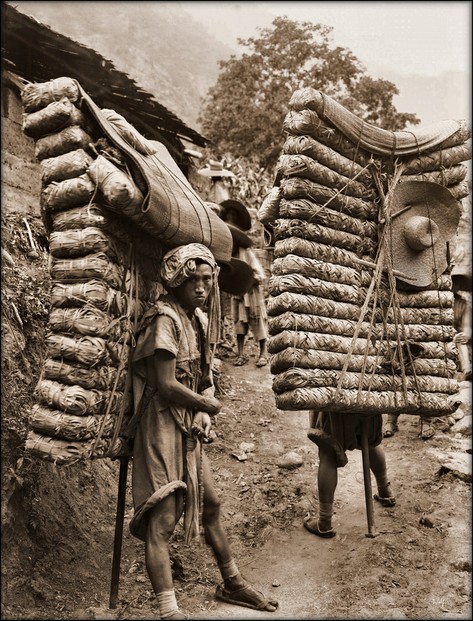
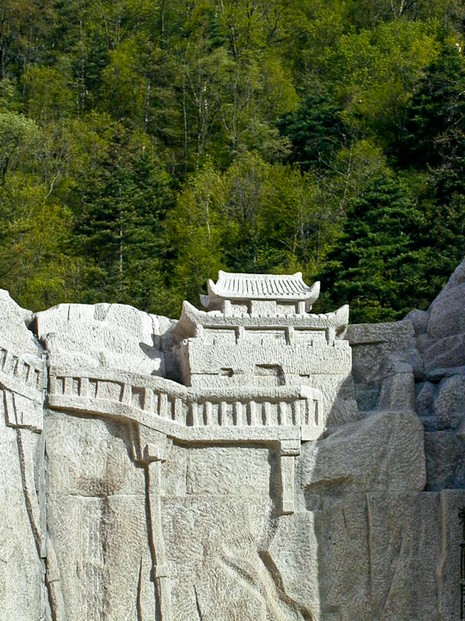
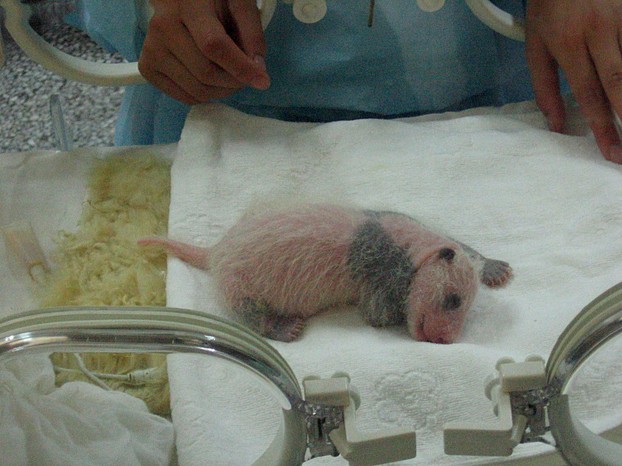
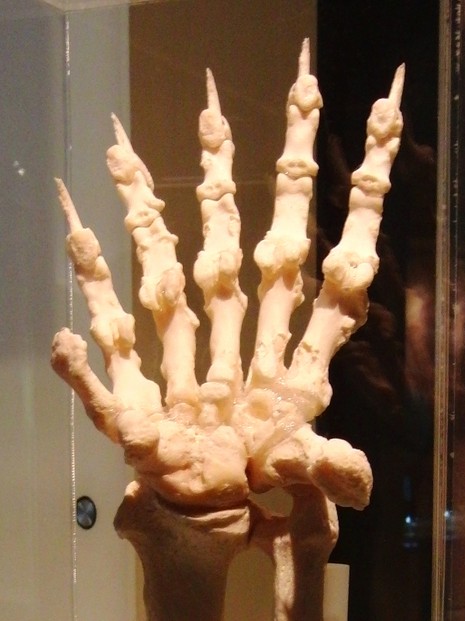
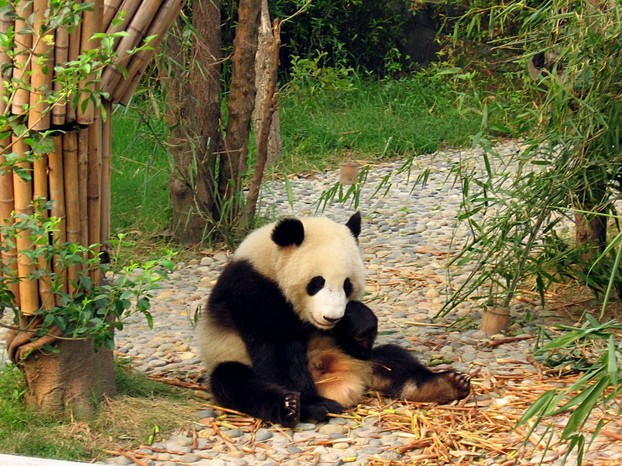
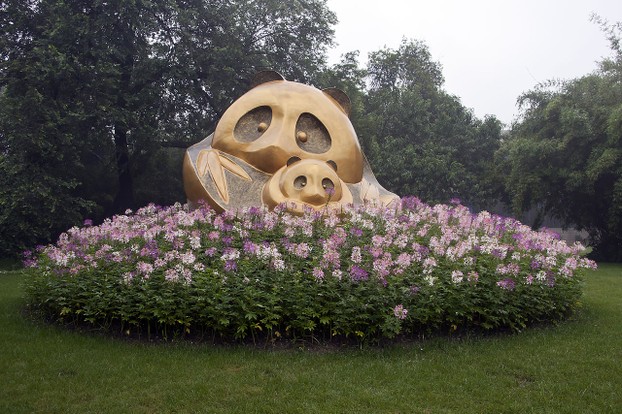
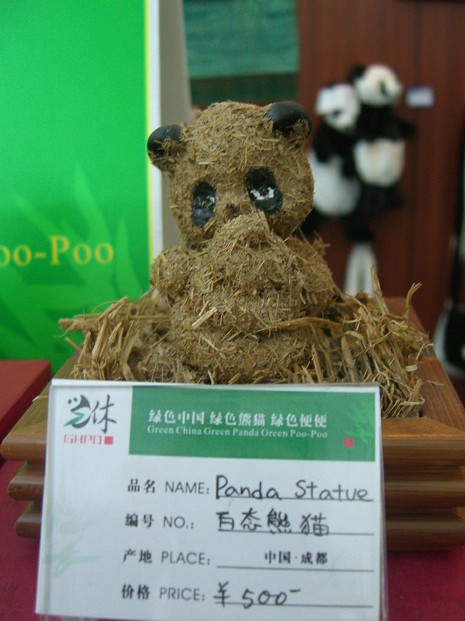
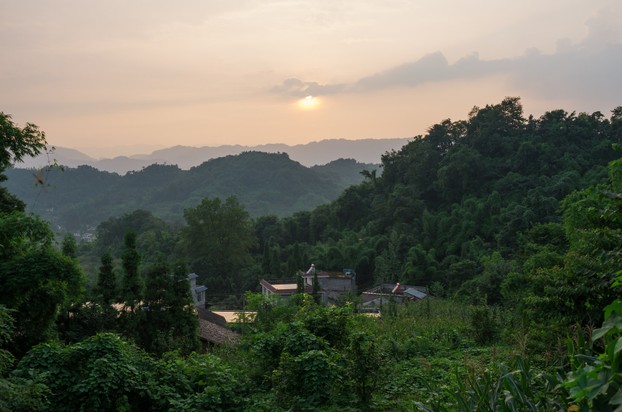
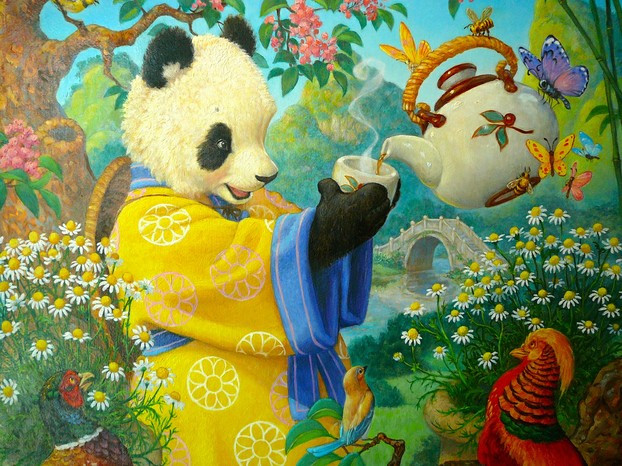
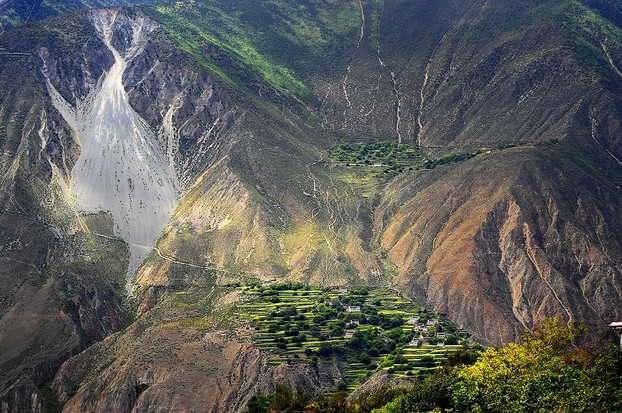













 Are Hawaiian Huakai Po Nightmarchers Avenging Halloween Thursday?on 10/02/2024
Are Hawaiian Huakai Po Nightmarchers Avenging Halloween Thursday?on 10/02/2024
 Mailing Addresses for 2023 Form 4868 Extending 1040 and 1040SR April 15, 2024, Due Dateon 04/15/2024
Mailing Addresses for 2023 Form 4868 Extending 1040 and 1040SR April 15, 2024, Due Dateon 04/15/2024
 Mailing Addresses for 2023 Forms 1040 and 1040SR Filed in 2024on 04/15/2024
Mailing Addresses for 2023 Forms 1040 and 1040SR Filed in 2024on 04/15/2024
 Mailing Addresses for 2022 Form 4868 Extending 1040 and 1040SR April 18, 2023, Due Dateon 04/13/2023
Mailing Addresses for 2022 Form 4868 Extending 1040 and 1040SR April 18, 2023, Due Dateon 04/13/2023

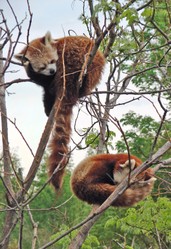
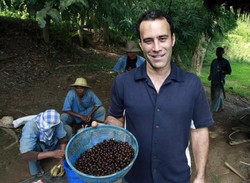
Comments
Very nice choices for favorites! They're both endangered and have beautifully furry light parts. It's definitely a clever move -- hopefully beneficial to the environment, the pandas, and the workers as well as to the inventor -- to associate the beloved giant panda with beloved organic tea (there are many "teapots with legs" throughout the world ;-]).
After polar bears, pandas are my favorite wild animal. Pandas AND tea? This teapot with legs thanks you. Hope Gusty enjoys her treats. ;-)